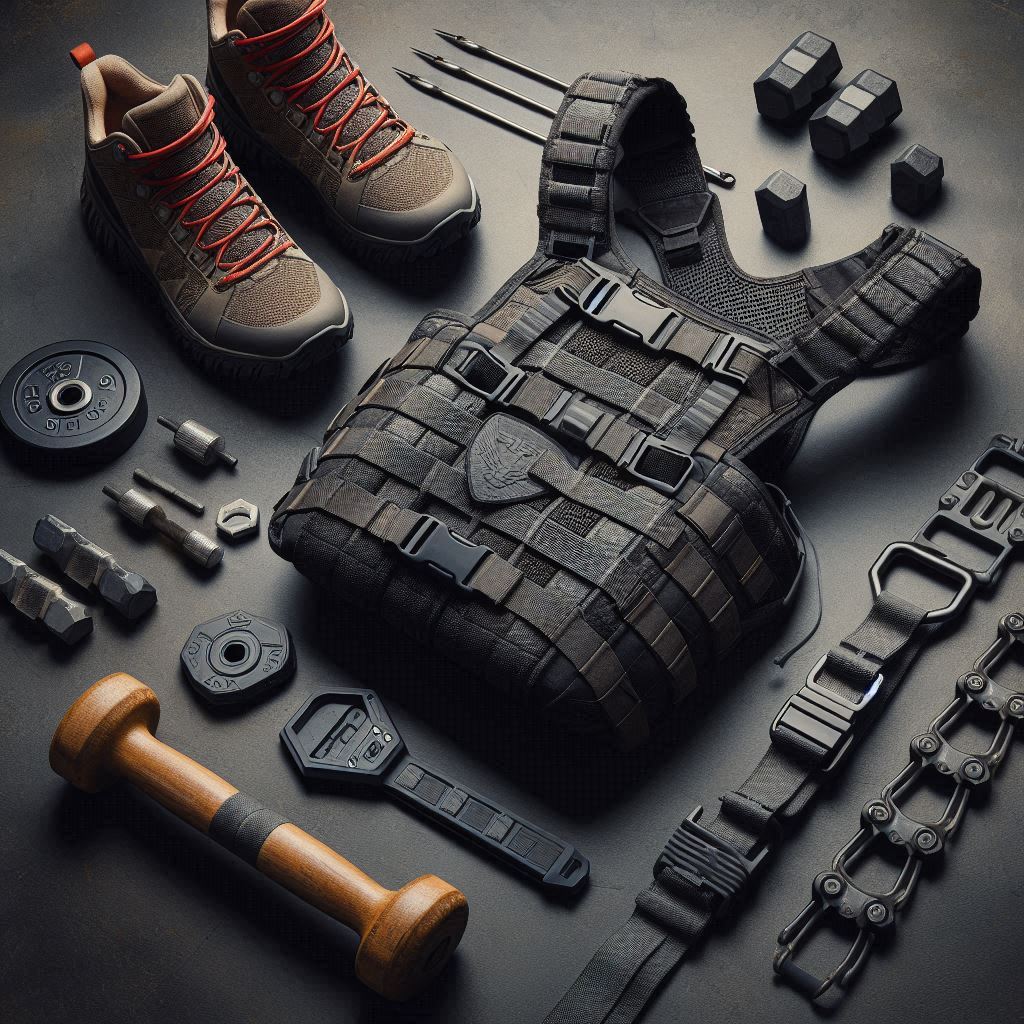Yes, it can! It’s called Rucking.

Rucking is a simple, effective workout that involves walking or running with a weighted backpack. This activity is not new. Think boot camp. It’s gaining popularity because of its many physical benefits and ability to adapt to people of all fitness levels. Let’s dive into how rucking can improve strength, endurance, and stamina.
Rucking For Building Strength
Rucking significantly boosts muscle mass and strength, particularly in the legs, core, and back. The added weight creates resistance, which promotes muscle growth and enhances overall strength. As you carry the weight, the consistent strain on your muscles helps strengthen the primary muscles and stabilize muscles, contributing to a more balanced and robust body.
Rucking For Enhancing Endurance
One of the standout benefits of rucking is its ability to improve cardiovascular health and endurance. A 2019 study showed that people who engaged in a 10-week load-carrying program had lower ratings of perceived exertion, indicating enhanced endurance. The continuous effort required to carry extra weight over distance helps the heart and lungs work more efficiently, boosting your ability to sustain physical activity over longer periods.
Boost Stamina

Rucking is a fantastic way to enhance stamina without the high impact of running. It is an effective low-impact cardio exercise that helps increase oxygen intake and muscular power. When you add rucking to your routine, you can gradually build up your stamina, enabling you to tackle longer, more intense workouts without fatigue. You can also use it to level up your performance.
Burn Calories
Rucking burns more calories compared to walking alone. This increased calorie burn supports weight management and promotes a leaner body. The combination of cardio and resistance training in rucking makes it a potent exercise for those looking to shed pounds while maintaining muscle mass.
Studies show rucking burns more calories compared to regular walking. According to research by the American Council on Exercise, rucking at a pace of 3.5 to 4 miles per hour with a backpack weighing 20 to 30 pounds can burn up to 400 calories in 30 minutes, depending on your weight. In other words, rucking can burn up to 50% more calories than just walking at a moderate pace.
Low Impact
One key advantage of rucking is that it is easier on the joints than running. This reduces the risk of injury while still providing a high-intensity workout. This emphasis on safety makes rucking an excellent choice for those recovering from injuries or those looking to avoid the wear and tear associated with high-impact activities.
Getting Started with Rucking

To start rucking, all you need is a sturdy backpack and some weight. Start light, perhaps with a few books or a small weight, and gradually increase the load as your strength and endurance improve. Aim for a pace that challenges you without overexertion, and incorporate rucking into your regular workout routine to see the best results.
Beyond backpacks with some books, you can go all in with; a weighted vest: A weighted vest evenly distributes weight across your torso, making it comfortable and effective for rucking. Or buy a rucking backpack like the GORUCK GR1, GR2, and GR3 are designed specifically for carrying heavy loads comfortably. Other options can be found on Amazon.
Conclusion
Rucking is a simple, accessible and effective way to enhance strength, endurance, and stamina. Its low-impact nature makes it perfect for a wide range of people, and its versatility means you can adapt it to your fitness level and goals. Whether you want to improve your cardiovascular health, build muscle, or add variety to your workouts, rucking is an excellent choice.